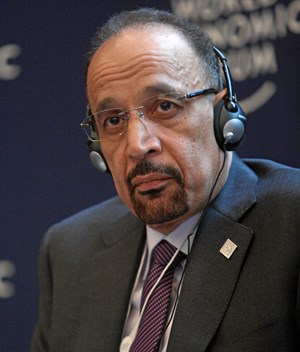OPEC, allies move closer to oil cuts as bear market adds urgency
LONDON, MOSCOW and DUBAI (Bloomberg) -- OPEC and its allies started laying the groundwork to cut oil supply in 2019, reversing an almost year-long expansion, with Saudi Arabia reasserting its role as swing producer by announcing fewer shipments from next month.
“We, as responsible producers, are going to work, and work hard, to balance the market within a reasonable corridor,” Saudi Energy Minister Khalid Al-Falih told reporters on Sunday in Abu Dhabi. Demand for Saudi oil is “tapering off” in part because of seasonal factors, so the kingdom will ship less, he said.
Saudi Arabia will export 500,000 fewer barrels per day in December, than November, taking the lead in OPEC to counter the price rout battering the finances of group members and energy companies alike. While its meeting with other producers on Sunday yielded no change in supply policy, OPEC+ warned in a statement that it might need “new strategies,” raising the prospect of a wider and coordinated cut in 2019.
Oil collapsed into a bear market in little more than a month, and pressure is mounting on the OPEC+ group to act sooner than their policy meeting in December. The producers need prices that are high enough to balance their budgets and low enough to stimulate demand and shield themselves from attacks from the White House, all while they contend with wild swings in supply as sanctions hit OPEC member Iran.
Although there are signs of a glut emerging in the U.S., the Saudi minister said it was too early to talk about coordinated production cuts within OPEC+. Counterparts from Russia and the UAE echoed that sentiment. Oman, a smaller member of the group, had said earlier it would support a cut by consensus of 1 MMbopd.
Iranian Losses
The group’s caution arises partly from the unpredictability of Iranian supply. The U.S., at first, insisted it would seek to curtail all of the country’s exports, only to grant waivers to eight of its customers, just as Washington reimposed sanctions this month. That confounded a market that was anticipating a stricter enforcement.
“With Iranian waivers coming in higher than anyone expected, Saudi Arabia is acting responsibly by reducing its production that it had earlier brought online to offset possible Iranian losses,” said Amrita Sen, chief oil analyst at Energy Aspects Ltd, a consultant in London.
The committee that oversees the 2016 OPEC+ agreement to manage supply met Sunday in Abu Dhabi. “The committee reviewed current oil supply and demand fundamentals and noted that 2019 prospects point to higher supply growth than global requirements,” it said in a statement. Weaker global economic growth “could lead to widening the gap between supply and demand.”
Oil Prices
Brent crude, the global benchmark, has fallen 19% to $70.18 per barrel since Oct. 3. While prices are still higher than a year ago, they’re well below what Saudi Arabia needs to balance its budget. Russia, by contrast, is in a more comfortable position, and Energy Minister Alexander Novak showed no sign he was ready to act immediately. The market should be balanced by the middle of next year, though there are forecasts for a surplus of 1 MMbopd to 1.4 MMbpd, he said.
“I think it all comes down to Russia,” said Helima Croft, chief commodities strategist at RBC Capital Market LLC. “They seem to be sitting squarely on the fence about pulling the barrels back.”
Saudi Arabia may also struggle to convince other producers to follow its lead. Iraq has successfully boosted production to a record, and its more fragile economy may make it loathe to reverse course.
Al-Falih said that demand for Saudi crude was weaker for the first time since the kingdom started boosting production in the May-June period. If Riyadh reduces daily exports by 500,000 bbl next month, it would effectively wipe out most of the production increases of the last six months. Saudi Arabia will cut production, as well as exports, he said.
“Ideally, we don’t like to cut,” Al-Falih said. “We will only cut if we see a persistent supply glut emerging, quite frankly. We’re seeing some signs of this coming out of the U.S. We have not seen the signs globally, nor can we predict that they will persist into 2019.”
Russia’s Novak said it’s “hard to say” if oil markets will be over-supplied next year. “We need to wait some time, to see how the market develops,” he told reporters. Russia is currently pumping about 10,000 to 20,000 bpd below October levels, and demand from customers is “fairly stable,” Novak said.



